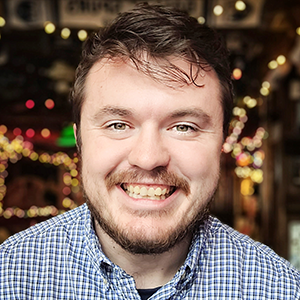In memoriam: Maurice Bessman
Maurice Jules Bessman, professor emeritus and longtime researcher at Johns Hopkins University, died Nov. 12 from complications of pneumonia at his home in Baltimore. He was 93.

Known by peers as “Moishe” and by students as “Boss” (among many other nicknames), Bessman spent his life working in biochemical enzymology, with many of those years spent at Hopkins in the biology department at the Krieger School of Arts and Sciences.
Born in Newark, New Jersey, Bessman was elected valedictorian of Weequahic High School in 1946. He earned a bachelor’s degree from Harvard University in 1949, followed by graduate research at Tufts University where he earned a master’s degree and a doctorate in 1952 and 1955, respectively.
Described by many as a gifted biochemist, Bessman was all business when it came to his work on Nudix hydrolase enzymes. His lab used bacteria to express many members of this broad enzyme family to better understand their biological role and function. His work specifically identified a core common amino acid sequence that is expressed by these proteins, allowing a broader understanding of these enzymes in their ability to cleave nucleoside diphosphates conjugated to any other moiety (x). Nudix enzymes are found in all types of organisms, acting as surveillance proteins; Bessman’s work made him a pioneer in this field of study. Many of his findings were published in journals such as Nature and are extensively cited.
Bessman was a kind and affectionate individual, who worked to establish a strong research program and support the growth of younger scientists, according to obituaries in the Hopkins Hub and the Baltimore Sun. Vincent Hilser, chair of the biology department, considered him “a great person.” Colleague Edward Hedgecock reflected on convivial Friday evening gatherings where Bessman served popcorn. Myron Goodman, a former student, recalled that Bessman’s tough love provided a turning point during his postdoc that launched his career.
Those close to him knew Bessman for his stories and sense of humor. He spent summers with his family on Cape Cod, fishing, clamming and enjoying other outdoor activities. He was also an avid fan and supporter of the Blue Jays lacrosse team at Hopkins — so much so that an admiring alumnus established a Maurice Bessman Lacrosse Scholarship in 2016.
Bessman is survived by his wife, Zita; son, Edward; daughters Debra and Cindee; sister Marcelle; nine grandchildren; and six great-grandchildren. Another daughter, Sheri, died in 2009.
Enjoy reading ASBMB Today?
Become a member to receive the print edition four times a year and the digital edition monthly.
Learn moreGet the latest from ASBMB Today
Enter your email address, and we’ll send you a weekly email with recent articles, interviews and more.
Latest in People
People highlights or most popular articles

In memoriam: Alan G. Goodridge
He made pioneering discoveries on lipid metabolism and was an ASBMB member since 1971.
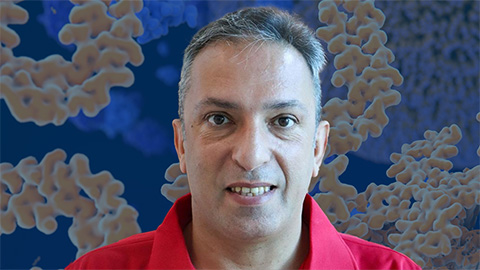
Alrubaye wins research and teaching awards
He was honored at the NACTA 2025 conference for the Educator Award and at the U of A State and National Awards reception for the Faculty Gold Medal.

Designing life’s building blocks with AI
Tanja Kortemme, a professor at the University of California, San Francisco, will discuss her research using computational biology to engineer proteins at the 2026 ASBMB Annual Meeting.
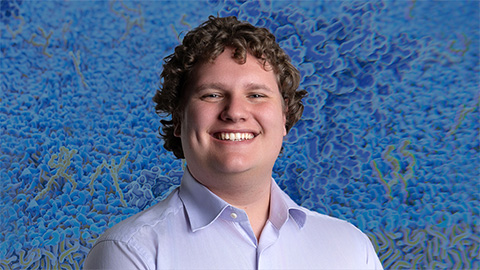
Jordahl named Gilliam Fellow
He will receive three years of funding to support his thesis research.
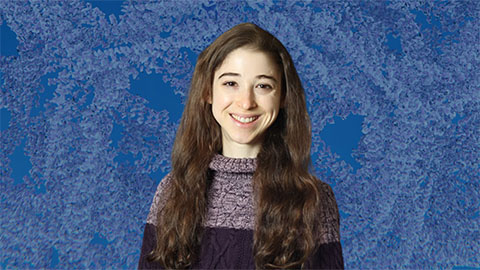
Bibel named assistant professor
She began her position at Loyola Marymount University in August 2025.
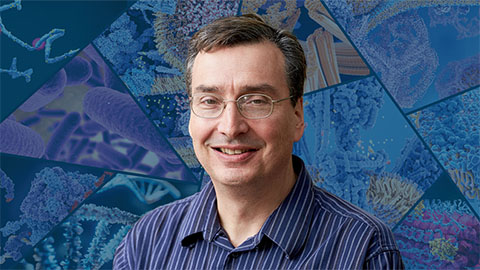
Unraveling the language of histones
Philip Cole presented his research on how posttranslational modifications to histones are involved in gene expression and how these modifications could be therapeutically targeted to treat diseases like cancer.

